Your dream European vacay is cheaper than you think.
10 Affordable European Destinations That Will Make You Want to Book a Vacation Now
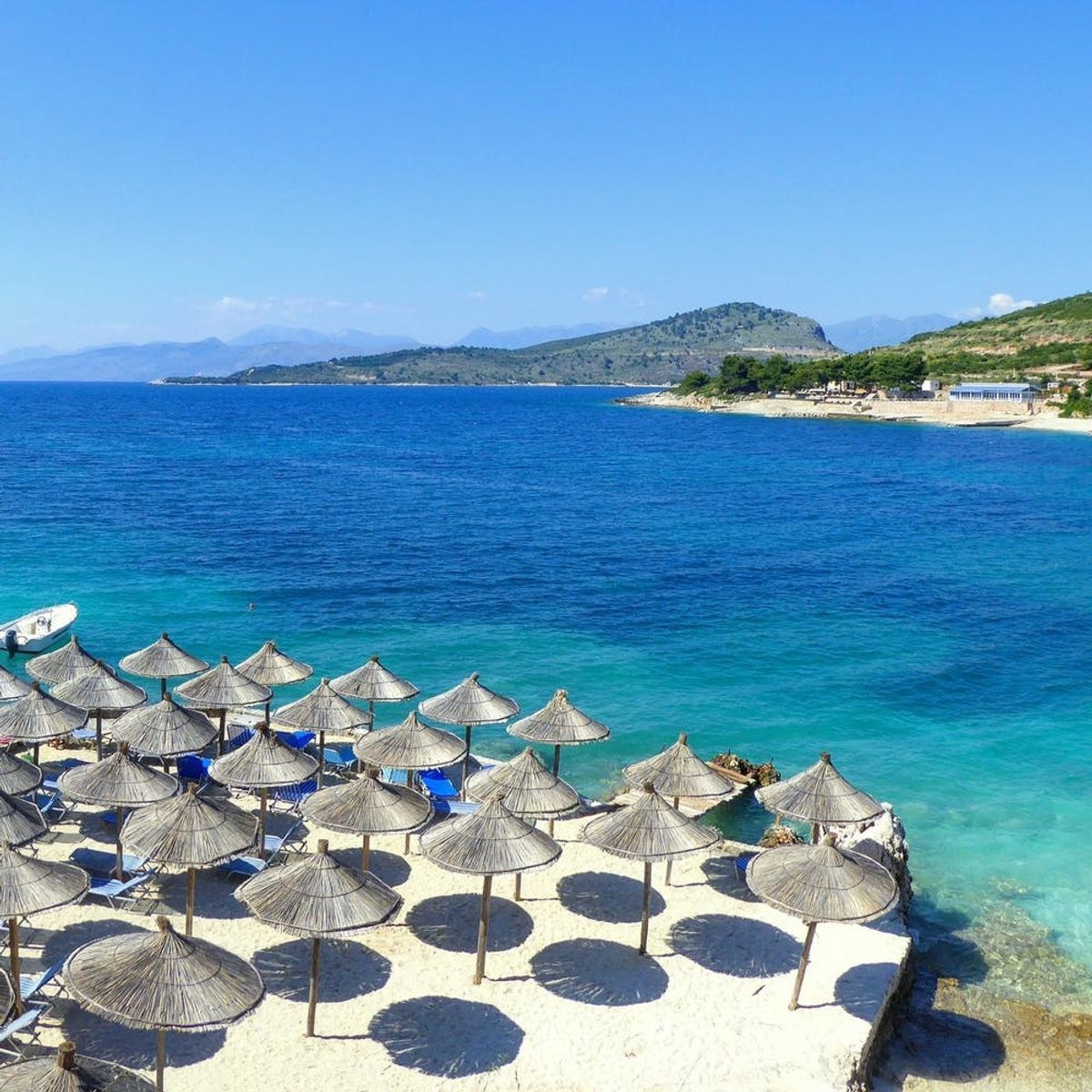
Lesley Chen is a California native who writes about travel, health/fitness, and other lifestyle topics. She has a serious case of RBF and exercises mainly to balance out an aggressive candy addiction.
A European vacation may seem far away, both physically and financially, and while there is no way to avoid crossing the Atlantic (from the US at least), it may be easier than you think to travel internationally without blowing through your bank account.
According to travel site Kayak, median flights to Europe this past summer were the lowest they’ve been in three years, and the trend will continue into the fall, when peak tourist season ends. Booking hacker fares (two one-way tickets instead of one round-trip flight) can also add up to considerable savings. In addition, there are lots of other ways to take in all the highlights of Europe on a reasonable budget — traveling between countries via train with a Eurail pass is efficient and relatively inexpensive; STA Travel offers numerous deals on tours, hotels, and transportation; and even hotspots like Barcelona and Paris have free sights and affordable dining if you know where to look. Go ahead and grab your passport: Here are 10 European cities where your dollar can take you far.
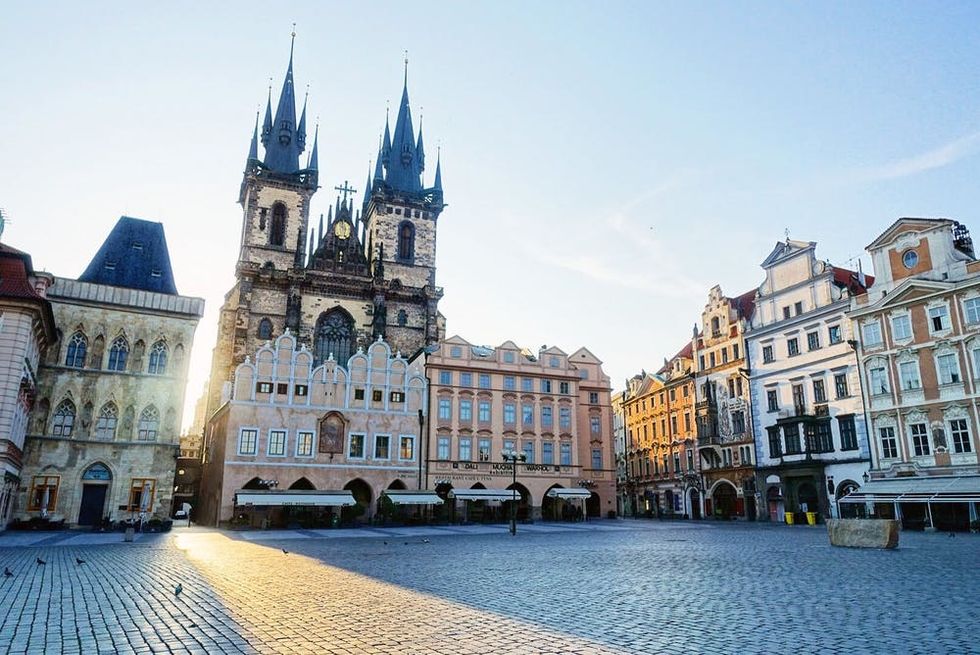
1. Prague, Czech Republic: Prague, the former capital of Bohemia, still maintains an artistic, laid-back lifestyle, and the zig-zagged narrow streets lend themselves to a day of wandering. Locals will tell you to always look up because the buildings on any given street span various centuries and are ornately decorated. (Photo via Lesley Chen)
The city is split by the Vltava river, easily traversed by a number of bridges (the most famous and elaborate, Charles Bridge, was built in 1357). The city is a blend of new and old. Eska Restaurant could easily be mistaken for a trendy Brooklyn neighborhood eatery; patrons sit in a warehouse and dine on inventive dishes such as cauliflower mousse. Meanwhile, the Strahov Monastery has a brewery that dates back to 1400 AD and still serves beer, the national beverage of choice (Czechs consume the most beer per capita). And Mysak Cafe, a legendary pastry shop established in 1904 and rebuilt in 2008, is an ideal spot to grab a picture-perfect coffee and traditional cake.
Prague Castle, the largest ancient castle in the world, sits atop a hill, while across the river in Old Town Square, you can see the Astronomical Clock, built in 1410 and the oldest working one in existence. Head inside the Old Town Tower, where a guided tour will give you a look behind the clock and let you go up to the top of the tower for amazing city views. In the evening, book a Ghost Walking Tour and get a spirited history lesson as you pass Gothic churches and Estates Theatre, where Mozart’s opera Don Giovanni premiered.
Flights to Prague, according to Kayak, have dropped seven percent (based on searches on the site for travel dates September 7-November 16, 2018, compared to the same dates in 2017), and inexpensive hotels can be easily found. Hotel Adler, for example, a short walk from Old Town Square, is under $100 a night. If you don’t mind the cold, winter is an especially enchanting (and inexpensive) time to go — festive Christmas markets fill the main squares, and mulled wine can be found in abundance.
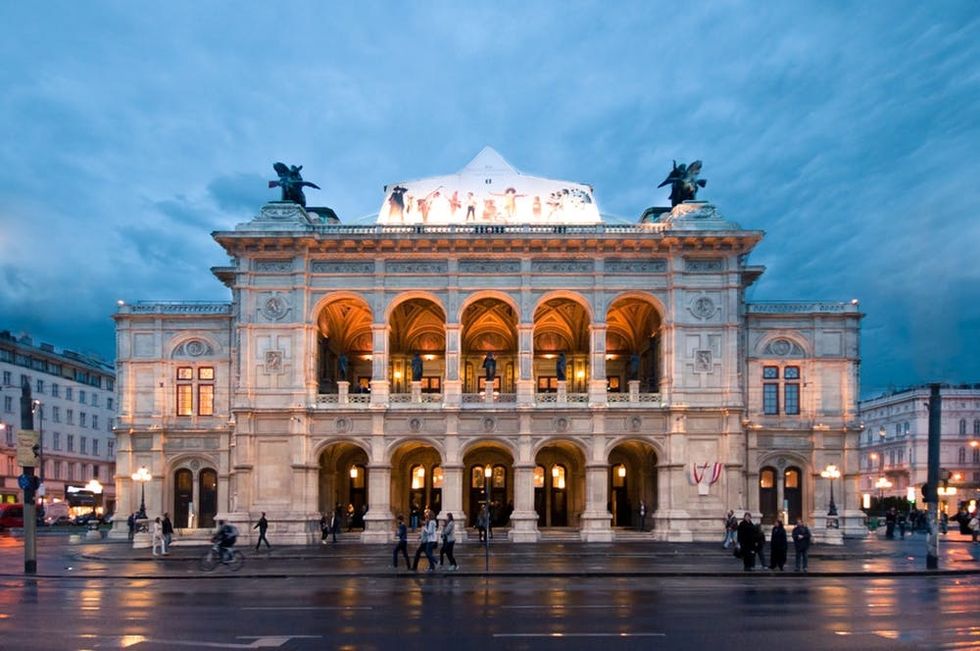
2. Vienna, Austria: Vienna is the quintessential romantic European city — grand palaces dominate the streets, coffeehouse culture is a way of life, and attending a ball or opera is the norm rather than the exception. Kayak reports a nine percent drop in flight prices from last year, and centrally located hotels are reasonably priced. Ruby Hotel, for example, has three locations in Vienna. It’s the colorful, music-themed funky European counterpart to the Ace or Hard Rock Hotels in the US.
In the center of the city, you’ll find Hofburg Palace, the former residence of the Habsburg emperors and now a complex that includes the Hofburg Chapel (where the Vienna Boys’ Choir performs), a Spanish Riding School, and a number of museums. Behind the palace is Museum Quarter, a collection of contemporary and art museums, including the Leopold, which has works from famed Austrian painter Gustav Klimt. If you’re looking to enjoy some music, check out the schedule for the Vienna Philharmonic, where tickets can be as low as $2 for the standing room section. The imperial summer palace, Schönbrunn Palace, is also worth a stop. Tickets are required to enter the palace, but the sprawling park is free to the public.
Vienna is one of the few capitals that has significant wine production within its city limits, and there is no shortage of Grüner Veltliner (white wine) in restaurants and bars. For a local taste, nosh at Naschmarkt, the oldest market in the city, brimming with 120 stalls of produce and snacks from all over the world. Or have dinner at Plachutta Wollzeile and try their renowned tafelspitz (boiled beef in broth).
While in Vienna, visit a coffeehouse such as the traditional Cafe Sperl, founded in 1880; hipster Supersense; or Café Central, which was frequented by notable historical figures like Sigmund Freud and various writers. Once inside, do as the Viennese do — order a coffee and an apple strudel, and leisurely while the afternoon away.

3. Budapest, Hungary: Visiting Budapest is like getting two destinations for the price of one Wes Anderson-inspired dream — Buda and Pest were separate cities that were united in the second half of the 19th century. Pest is the cultural center and boasts a thriving nightlife (just ask any of the numerous bachelorette/bachelor parties that make their way there), while Buda is full of large green spaces and Castle Hill (which actually doesn’t have any castles, but is the residence of the grand Royal Palace). A great way to spend a couple of hours on both sides of the Danube is to take a free walking tour, which will educate you on the city’s 1,000-year history, prove how difficult the Hungarian language truly is, and give insider tips on what to eat and drink during your stay. Note: Palinka, the highly potent national spirit, is also known as “Hungarian poison,” so drink at your own risk. (Photo via Lesley Chen)
Hotels near the center of the city are more expensive, but options such as Anna Hotel Budapest in Buda are a short tram ride across the river and cost under $100/night. There are a number of places where you can have lunch for about four euros (check out Deak Square, one of the major squares and transportation hubs). Visit the famed ruin bars, abandoned buildings in the Jewish Quarter that were converted into unique, affordable drinking holes — walking inside Szimpla Kert, the most well-known ruin bar, is akin to stepping inside the looking glass, where furniture is mismatched, patrons are from all walks of life, and the energy is unmatched.
The city is walkable, but public transportation is also cheap and efficient. Another great way to take in the architectural highlights of the city is to float down the Danube via the Budapest Evening Sightseeing Cruise. And an absolute must-do in Budapest is to head to a bathhouse, a tradition inherited from the Turkish occupation: A day spent in the various thermal pools of Gellert Bath or Szechenyi Baths will do your body and mind good for under $40.
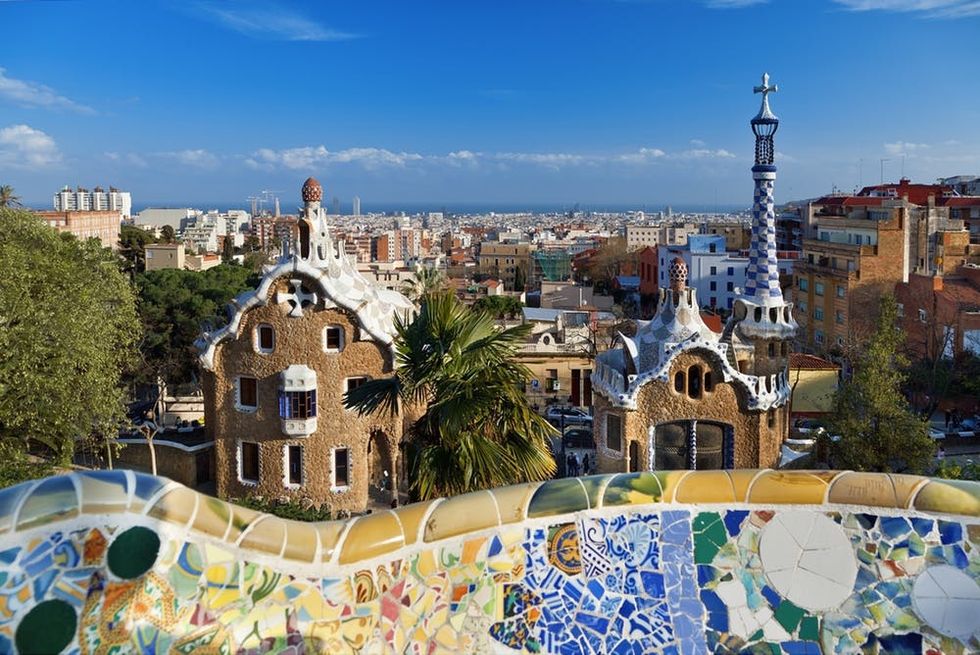
4. Barcelona, Spain: The capital of Spain’s Catalonia is a destination that has a little of everything. It’s a city where siestas are encouraged, your evenings don’t even start until after 10pm, you can go to the museum and beach in the same day, and amazing sights and restaurants are tucked away in every nook of the city. An increasing number of small, design-forward hotels have popped up around the city: Chic & Basic, true to its name, has trendy and affordable locations starting at $128/night.
The city’s signature landmarks are all courtesy of Spanish architect Antoni Gaudí — highlights include the whimsical Park Güell, La Pedrera, Casa Batlló, and his masterpiece, the stunning, still-unfinished Sagrada Familia.
While the city has Michelin-rated restaurants, you can stretch your budget by going traditional: Explore giant food market La Boqueria for seasonal tapas and get your midday sugar fix with some churros con chocolate at Granja La Pallaresa, a Barcelona institution since 1947. In the evening, wander in and out of the small bars tucked in El Barri Gotic, or the Gothic Quarter, where you can serve yourself from a selection of cheap pintxos, a traditional Basque snack usually on toast, and pay at the end of the night based on your toothpick count.
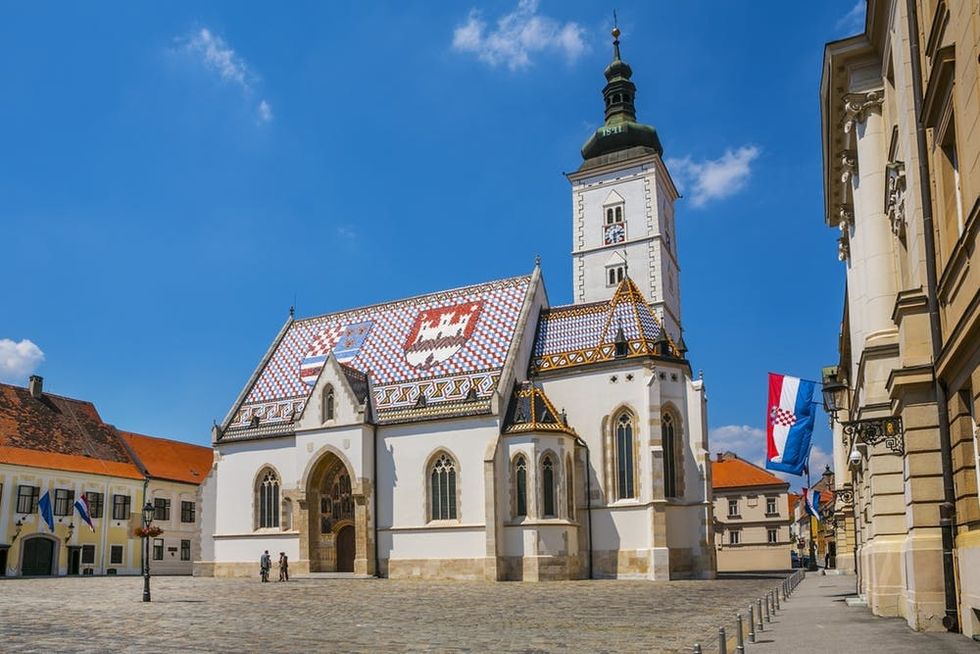
5. Zagreb, Croatia: Most of the world has caught on to Croatia‘s charms, in large part due to the popularity of Game of Thrones. Avoid the tourists flocking to Dubrovnik looking to explore King’s Landing, and instead head to the underrated inland capital of Zagreb, which is gaining attention as well (Kayak reports a 68 percent increase in interest from last fall).
Walk the narrow cobblestone streets of historic Upper Town through the Austro-Hungarian architecture, snap a pic of the intricately tiled roof of the Saint Mark’s Church, or check out one of the many museums. One of the most popular (and peculiar) is the Museum of Broken Relationships, a collection of donated items from failed relationships. Afterward, join the crowds of afternoon coffee drinkers at one of the many cafe terraces that line the streets. Coffee culture is serious here; go to specialty coffee roaster Eli’s Caffe for one of the best cups in town.
If you’re looking for something a little stronger, head to the oldest wine shop in Zagreb, Vinoteka Bornstein, which is housed in a 200-year-old brick cellar, to peruse the extensive wine and truffled product selection. Still thirsty? Take a day trip to one of the nearby wine-growing regions such as Plesivica, which is just an hour outside of Zagreb.
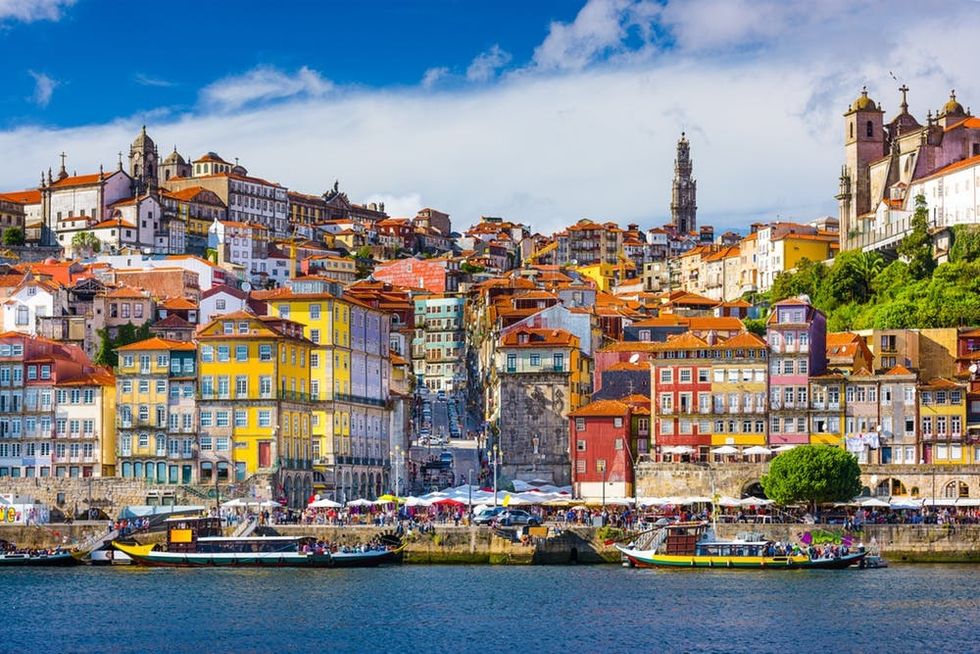
6. Porto, Portugal: Portugal, as one of the most affordable Western European countries, has been a must-visit this year. And the country’s second largest city, Porto, a UNESCO World Heritage Site located along the banks of the Douro river, is quickly growing as a not-to-be-missed foodie destination (48 percent increase in interest from last year).
For a taste of local flavor, stop by the art nouveau Majestic Cafe, filled with marble, ornate wood details, for a custard tart or five o’clock tea. For a cheap eat, try the francesinha, an over-the-top sandwich made with ham, sausage, cheese, and a fried egg, and covered in cheese and a tomato sauce. This is, of course, the city of port (only wines from Portugal can be labeled port), so make sure to partake in a glass or two in a wine cellar across the river.
Sightsee by foot or via an old-school tram. Highlights include Serralves — which features an art deco villa, a contemporary art museum, and beautifully manicured gardens — and the stunning bookstore Livraria Lello, with its grand curved staircase, sliding ladders, and stained glass skylight. Opened in 1906, it’s said to have inspired JK Rowling, who frequented the bookstore when she lived and taught English in the city.
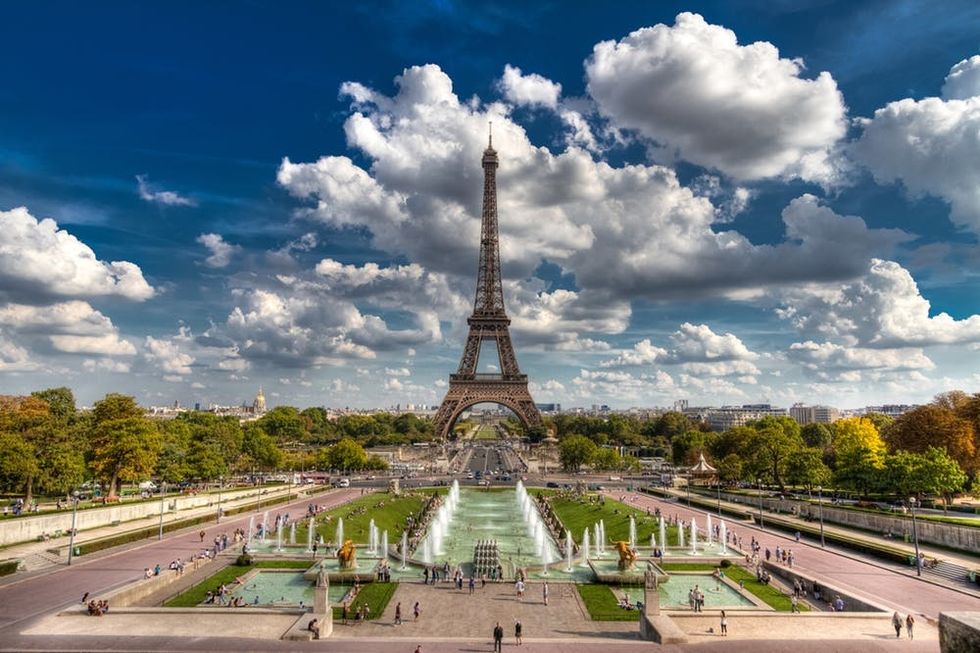
7. Paris, France: The City of Light is generally associated with fine dining and haute couture, but for the 99 percenter, you can still enjoy the bourgeois living on a basic budget. Paris is home to some of the most famous museums in the world, and if you plan on getting your fill of art, consider purchasing a Paris Museum Pass, which gives you unlimited access to 60 different museums and monuments, including the Louvre, Musée D’Orsay, and Palace de Versailles. If you time your trip well, you can save yourself even more money — most museums are also free on the first Sunday of the month.
French dining can run you several bills, but many restaurants and brasseries offer deals on their prix-fixe lunches, including hotspot Septime, which hosted Beyoncé, Jay-Z, and Blue Ivy (a four-course lunch will run you $50 and make you feel like royalty). Or grab some cheeses, meats, breads, and wines from neighborhood boulangeries and street markets and go to one of the numerous manicured gardens and parks in the city — it’ll be hard to find a more scenic picnic spot that sitting in Jardin Des Tuileries, with its views of the Seine, or Jardin du Luxembourg, which is filled with fountains and statues.
Stroll along the Champs-Élysées and admire the high-end shopping, but spend your time and dollars in the flea markets and vintage shops to find less expensive and one-of-a-kind buys. If you’re looking for a hotel alternative, services like OneFineStay or Paris Attitude offer a variety of furnished luxury apartments for short-term rental — ideal to complete a true Parisian experience.
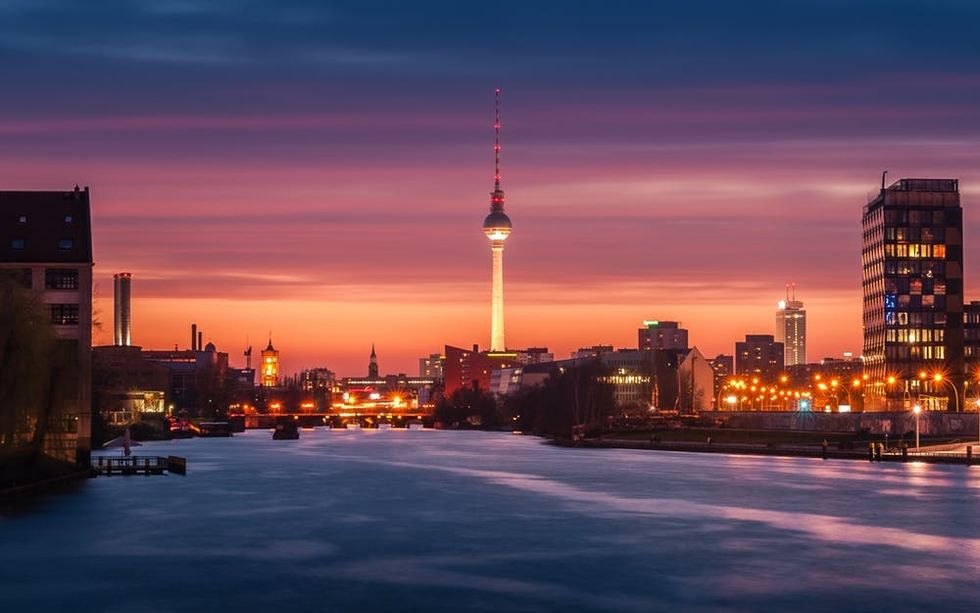
8. Berlin, Germany: Germany’s capital has a complicated history. It was nearly destroyed in WWII and rebuilt after, and has since emerged as a progressive cultural and art center. The city is big (though it’s bike friendly and has efficient public transportation), and there’s a little something for everyone.
It’s impossible to visit the city without feeling a constant presence of the past. In Mitte, the historical center, you can visit Brandenburg Gate, now a symbol of German unification; Reichstag, home of parliament; the German Historical Museum; and the Berlin Wall Memorial. Museum Island, a UNESCO World Heritage Site, encompasses five renowned museums spanning everything from ancient world architecture to 19th-century art.
The city itself is laid-back yet energetic. Spend an afternoon snacking on brats and brews at one of the many beer gardens such as the huge Hofbräu Berlin or picnic-style Prater Biergarten, the city’s oldest. And be prepared for long nights out: You can find a nightclub, underground party, or techno-filled warehouse at all hours.
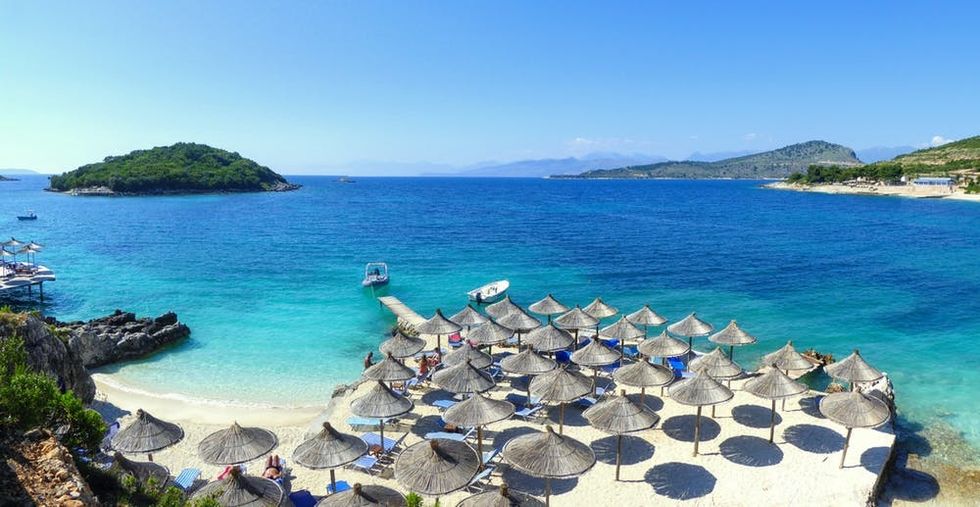
9. Albania: Albania, in southeastern Europe, was previously isolated by its Communist past and is still a bit off the beaten path and unknown to most travelers. You’ll find beautiful beaches here that rival those of Albania’s Mediterranean neighbors but are unspoiled by throngs of tourists and expensive prices.
The capital of Tirana is a good starting point — marvel at the once-gray buildings now painted in primary colors or the numerous street murals. Visit Bunk’Art, a former bunker turned museum, or the strangely constructed Pyramid, a former museum dedicated to dictator Enver Hoxha by his daughter and son-in-law (it now sits unused and crumbling). Grab a coffee or cocktail in the trendy Blloku area, previously reserved for only Communist party officials. Further south, Saranda, a former fishing village, is the unofficial capital of the Albanian Riviera and a great jumping off point to explore the coastline. Ksamil and its nearby islands (which you can swim to) are popular destinations — one peek at the turquoise waters and pristine beaches and you’ll immediately know why.
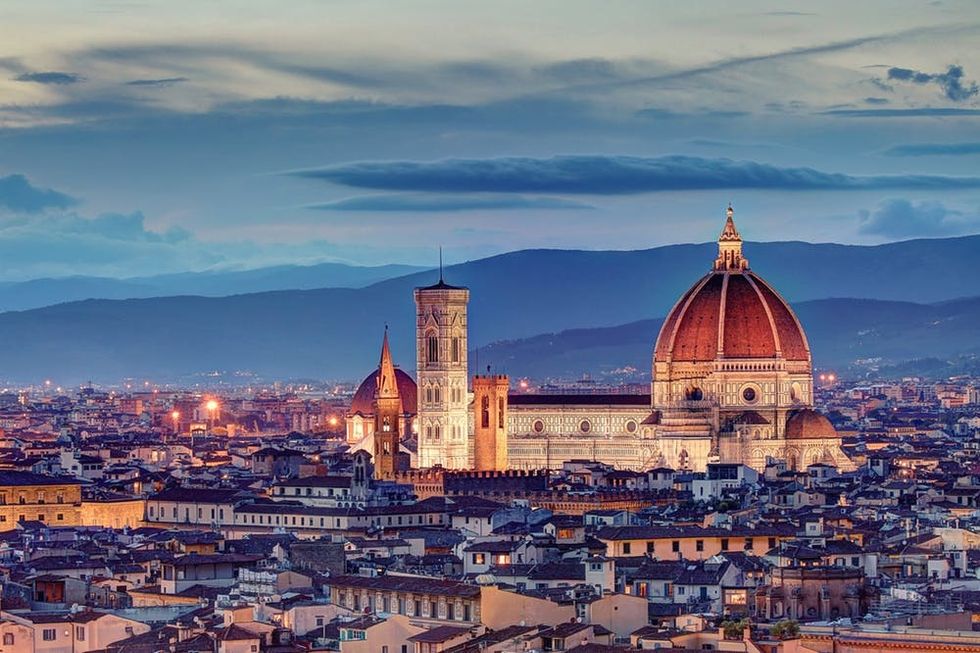
10. Florence, Italy: Flights to Florence are down eight percent from last year (flights to Venice and Milan are also down), so if you’re looking for an excuse to take an Italian holiday, look no further. Florence is small but brimming with the best things in life: food, fashion, and art. As one of the greatest cities of art, Florence has an embarrassment of riches of galleries, museums, and picturesque piazzas and sculptures. Italy’s most famous museum, the Uffizi Gallery, houses countless Renaissance masterpieces, including Botticelli’s The Birth of Venus. Accademia Gallery features Michelangelo’s impressive David, as well as a number of his other sculptures. State museums are free the first Monday of the month, and for museum hoppers, the Firenzecard provides access to 72 museums within 72 hours for 85 euros (and more importantly, gives you priority entrance).
A must-visit is Il Duomo di Firenze, the 15th-century cathedral that can be seen from anywhere in the city. A 400+ step climb to the top will give you a magnificent view of the city and help you work up an appetite for Florentine cuisine and Tuscan wine. Head to Il Mercato Centrale, the city’s largest and oldest food market, for a pizza or panini. Don’t forget to drink real Italian espresso and eat your weight in gelato, which was invented here during the Renaissance period. For the happiest hour, find an aperitivo bar with a buffet of snacks, which is included with the cost of your drink.
Gucci, Roberto Cavalli, Pucci, and Ferragamo were all started in Florence, and the city is no stranger to great fashion — there is plenty of shopping regardless of whether you’re looking for haute couture or local artisanal wares.
Tag us in your next vacation on Instagram @BritandCo.
Brit + Co may at times use affiliate links to promote products sold by others, but always offers genuine editorial recommendations.
(Photos via Getty)



















